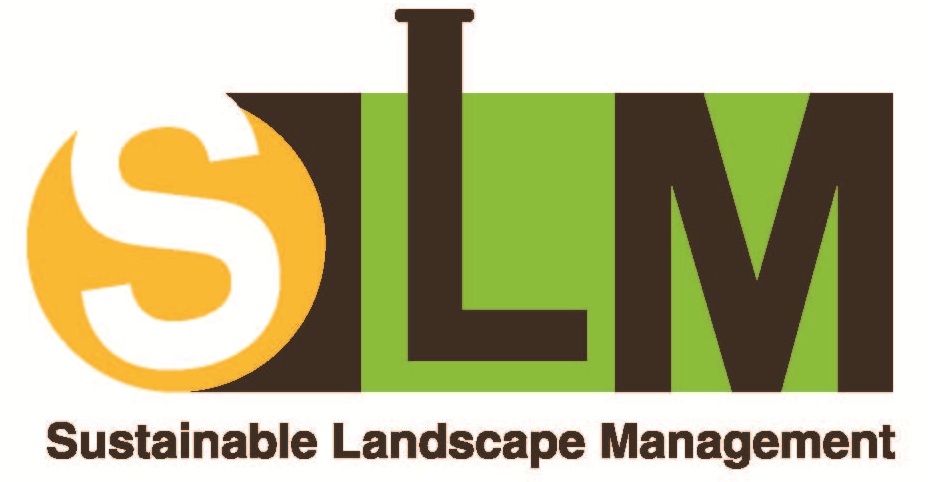Mid-summer is the best time of year to take a close look at your Bermudagrass health. Not only is it important to look at the color of turf and to make sure you are watering efficiently, but also look at what is going on at the ground level. Thatch, which is composed of dead and living roots, stems and leaves, can thicken overtime, creating a ‘poufy’ lawn. Thatch that is over ½” can impact the health of the lawn, making it more prone to stress during mowing and extreme temperatures, also making it more prone to pests and disease. Here are tips on how to manage thatch and promote a healthy and vigorously growing summer lawn.
Preventing Excess Thatch
- Water deeply and infrequently to reduce excess thatch development
- Mow frequently at the appropriate height and interval for the turfgrass variety
- Only remove up to 1/3 of turf leaves at each mowing
- Leave clippings, which have little contribution to thatch buildup
- Do not overfertilize, which can lead to more organic matter production than what is broken down
- Use pesticides only as needed; pesticide applications may affect desirable microorganism and earthworm production
Managing Thatch: Dethatching, verticutting, or power raking
- Remove thatch layers by hiring a professional or renting equipment which mechanically lifts thatch and a small amount of soil above the surface of the grass
- Dethatch mid-summer, allowing 45 days of recovery growth for the Bermudagrass
- Do not dethatch in the fall; the grass will not recover in cooler temperatures
- Soil should be moist and not too wet or dry during dethatching
- Remove clippings after dethatching
- Fertilize turfgrass with 1lb Nitrogen per 1000 square feet to help encourage growth after dethatching, water in well after the application
- A pre-emergent herbicide can be applied to help prevent weed growth while the turfgrass recovers and regrows in sparse areas
Other Cultural Practices
- Core cultivation (aeration) can also reduce thatch buildup, but is not a replacement for dethatching
- Aeration is very helpful for high traffic or compacted soils, allowing roots to regrow in newly aerified soil
- Soil cores are removed, allowing air, water and nutrients to penetrate the soil
- Can be done once per year or more, when Bermudagrass is actively growing
- Fertilize turfgrass with 1lb Nitrogen per 1000 square feet, water in well
While performing dethatching or aeration, it is also a good time to pull soil samples to see if the lawn would benefit from soil amendments such as gypsum or elemental sulfur. Your landscape contractor can help pull a sample and offer recommendations on the best amendment(s) for your property.
PROTECT YOUR INVESTMENT - HIRE A SLM CERTIFIED PROFESSIONAL

